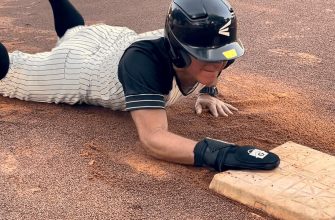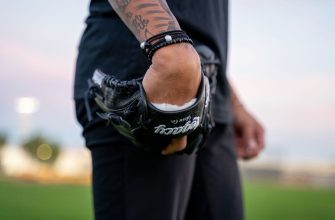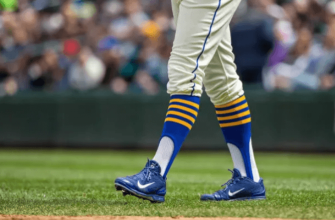Growing up playing youth baseball and softball, I remember the first day of softball practice when I showed up wearing my trusty baseball glove. My coach took one look at it and said, “That’s not going to work here – the gloves are different!” At the time, I didn’t understand why a glove was any different just because you used it to field a bigger, softer ball. But I soon learned there are key differences between baseball and softball gloves that make each optimized for their respective sport.
While there is some overlap in design, the ideal glove for baseball is constructed differently than for softball. From size and shape to pocket depth and materials, baseball and softball gloves feature subtle but important variations. In this article, we’ll explore the nuanced differences between baseball and softball gloves and examine the pros and cons of using each type of glove for the wrong sport.
History of Baseball Gloves
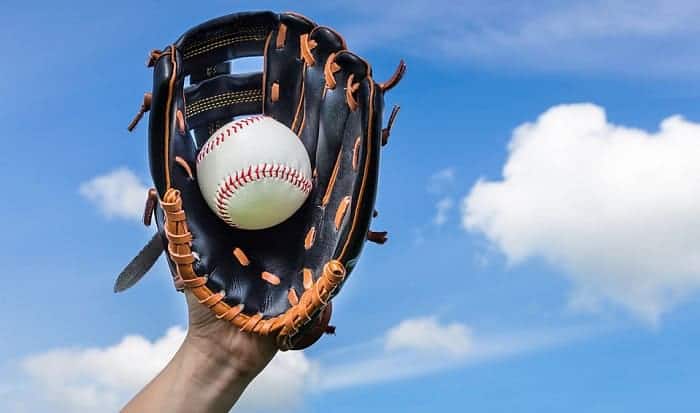
Baseball gloves were first used in the mid 1800s to help protect a player’s hand while fielding and catching the ball. According to the Baseball Hall of Fame, references to amateur players using gloves started to appear in the 1860s. These early gloves were not like modern gloves, but were simply pads or fingerless gloves used mainly by catchers to help absorb the impact of the ball.
One of the first well known players to use a glove was Doug Allison, a catcher for the Cincinnati Red Stockings, in 1870. This was due to an injured left hand. The first confirmed glove use by a professional player was in 1875 by Charlie Waitt, also a catcher. Waitt used thick gloves on both hands for protection.
Over time, glove use expanded beyond just catchers to other fielding positions as gloves evolved from simple padding to fully fingered gloves. One of the first companies to manufacture gloves specifically for baseball was A.G. Spalding & Bros in the 1880s. They produced gloves with full fingers rather than simple padding. This allowed infielders to more easily field ground balls.
Modern glove design took shape in the 1920s and 30s. Bill Doak created the modern lace-up style glove with a web between the thumb and first finger in 1920. This allowed for easier catching and less sting on the hand. In 1934, the first glove with a hinged web was designed by Paul Deegan. This allowed the glove to close more like a trap than previous gloves. Gloves continued improving by using higher quality leathers, padding, and designs tailored specifically for different defensive positions. The basic glove design invented by Doak and Deegan is still widely used today.
History of Softball Gloves
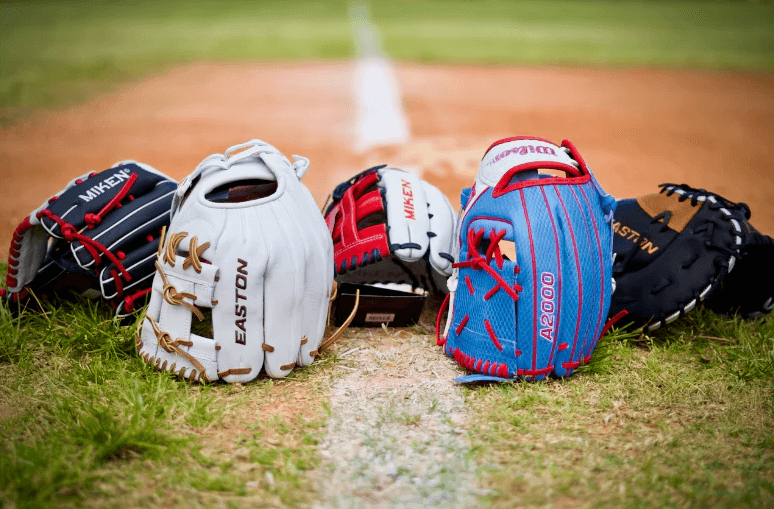
Softball first emerged as an organized sport in the United States in the early 1900s. The exact origins are disputed, but softball developed out of indoor baseball games played in Chicago’s Farragut Boat Club. As softball grew in popularity and moved outdoors, players adapted baseball gloves for use in softball games.
The first softball gloves were very similar to baseball gloves, using the same leather materials and finger lacing. However, softball gloves evolved to become larger and more padded to help catch the larger softball. According to The History of Wilson Baseball & Softball, one of the first softball glove endorsements was in 1933 when Wilson Advisory Staff member Eddie Feigner began using a custom Wilson glove for fastpitch softball.
Over the ensuing decades, softball gloves changed shape to feature a deeper pocket and more protective padding. Modern softball gloves use advanced leather such as Pro Stock leather combined with dual welting and double palm construction to create a durable, flexible glove optimized for softball. Today’s softball gloves come in many styles including fastpitch and slowpitch models to accommodate different forms of softball.
Key Differences Between Baseball and Softball
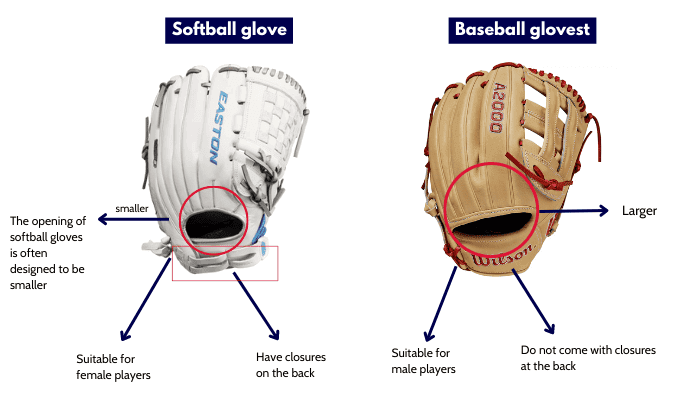
There are several key differences between baseball and softball when it comes to the ball, field, and gameplay rules.
Ball Size
The most noticeable difference is the size of the ball. Baseballs have a circumference between 9-9.25 inches and weigh 5-5.25 ounces. Softballs are larger, with a circumference of 11-12 inches and a weight of 6.25-7 ounces. The larger softball size makes it easier to hit and catch.
Field Size
Baseball fields have 90 feet between bases while softball fields have 60 feet between bases. The pitching mound is also closer in softball at 46 feet from home plate compared to 60 feet 6 inches in baseball. This shorter field size in softball means less time is needed to react and make defensive plays.
Gameplay Rules
There are significant differences between baseball and softball rules during gameplay. In softball, players get only one strike before being called out on a foul ball. Games are shorter at 7 innings instead of 9 innings in baseball. Softball also allows steals and lead offs, while these are restricted in baseball. The gameplay overall is faster paced in softball.
Baseball Glove Construction
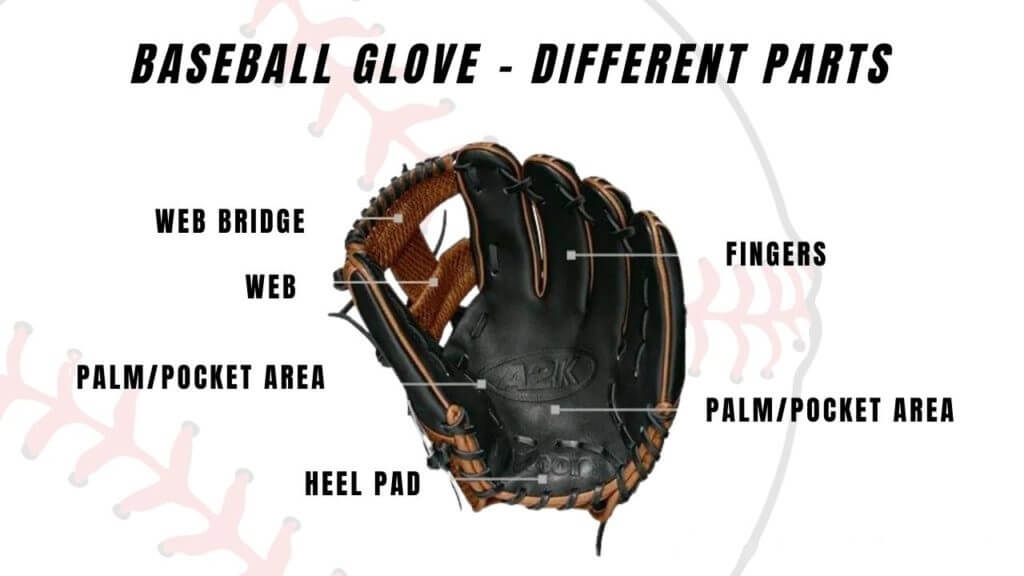
Baseball gloves are constructed using high quality leather, padding, laces, and web patterns that allow for catching and fielding.
The leather used is typically steerhide or buffalo hide that has been tanned and treated to be lightweight, flexible, and durable. Top gloves use full-grain leather while cheaper gloves may use synthetic leather or vinyl. The palm area usually has a soft sheepskin or pig suede lining to improve grip and comfort.
Padding is added in key areas like the palm and thumb to protect the hand from impact with the ball. High end gloves often use wool or memory foam padding while lower end gloves use basic foam.
Baseball gloves come in many types for different fielding positions:
-
Catcher’s mitts: Heavily padded, claw-shaped mitt with no individual finger slots. Designed for catching pitches.
-
First base mitts: Long mitts with a large web and minimal finger separation. Optimized for scooping throws from the infield.
-
Infield gloves: Smaller gloves with shallow pockets and individual finger slots. Allow quick ball transfers for shortstops, second basemen, and third basemen.
-
Outfield gloves: Large, deep pocket gloves that maximize reach and catching area for fly balls.
The web refers to the lacing pattern between the thumb and fingers which affects pocket depth. Common webs include H-web, trapeze web, modified trapeze, and closed web.
Softball Glove Construction

Softball gloves are constructed using high-quality leather, padding, laces and web designs suitable for catching the larger softball. While baseball gloves typically use stiff, heavy leather, softball gloves tend to opt for softer, more flexible leather that allows the glove to “close” around the ball using the player’s hand. This helps secure the softball while cushioning the impact.
Softball gloves have extra padding in the palm and finger areas to absorb the ball’s force. They may layer foam, felt or deer skin under the leather to provide cushioning. The gloves are designed to be broken-in and softened through use over time.
There are different types of softball gloves for various defensive positions. First base mitts have extra padding and no individual finger sections. Catcher’s mitts are heavily padded with no fingers, featuring a claw-like shape to secure pitched balls. Infield and outfielder gloves have more dexterity and range, using different web patterns between the fingers and thumb depending on position.
Using a Baseball Glove for Softball
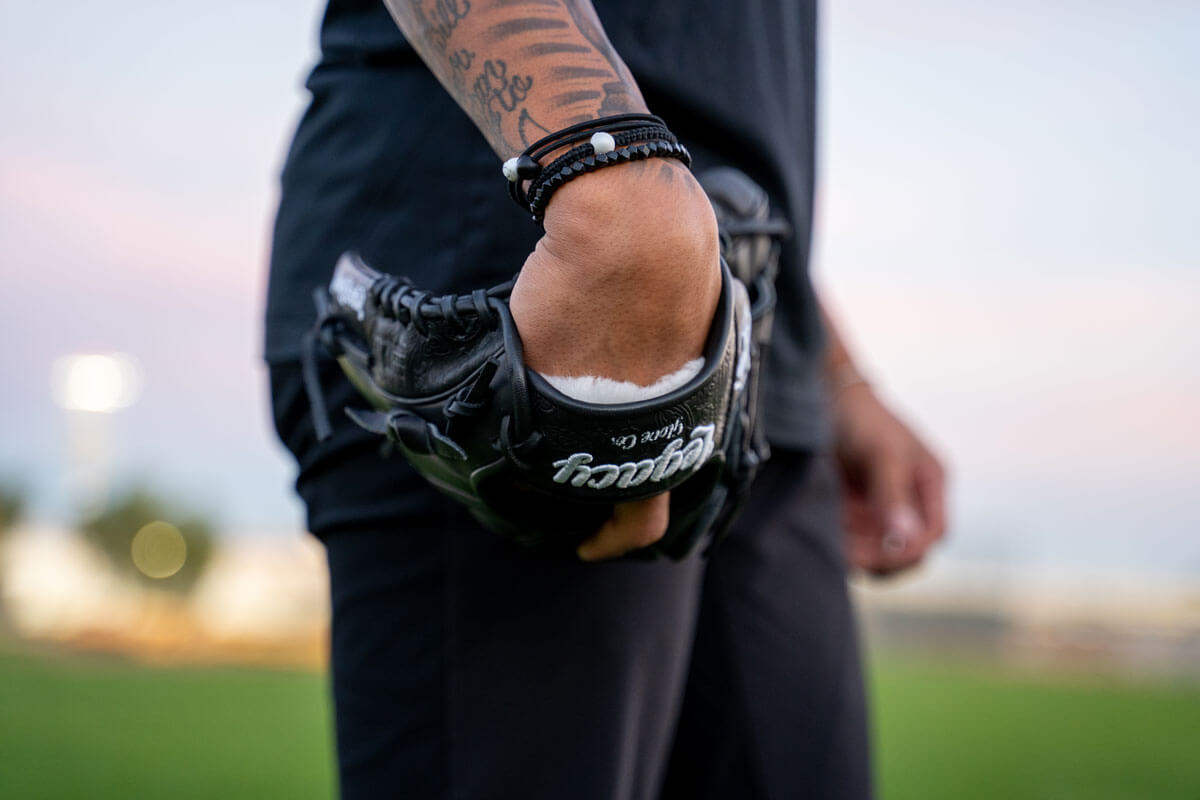
You can use a baseball glove for softball, but there are some pros and cons to consider.
Pros:
- Baseball gloves are designed to be more durable and last longer than softball gloves. This makes them a good value if you play both baseball and softball.
- The larger size of a baseball glove can help newer players learn how to catch and field balls more easily.
- Many baseball glove models are readily available at lower price points than softball-specific gloves.
Cons:
- The deeper pocket of a baseball glove is not ideal for catching larger softballs, which can get “stuck” in the pocket.
- The longer length may make the glove unwieldy for infield positions where quick ball transfers are key.
- The heavier padding can make the glove feel stiff and less responsive.
Baseball gloves work best for outfield positions where the priority is securing fly balls and line drives. The deeper pocket helps secure balls on impact. The longer length also provides more reach. For infield positions, a softball-specific glove is recommended for optimal control and flexibility. With some break-in time, a baseball glove can work for slow pitch softball, but female players may find the larger size challenging.
Using a Softball Glove for Baseball

While it is possible to use a softball glove to play baseball, it is generally not recommended. Softball gloves tend to be larger and deeper pocketed to accommodate the larger size of softballs, which can make catching and fielding a baseball more challenging.
There are a few potential downsides to using a softball glove for baseball:
-
The deeper pocket can cause the smaller baseball to rattle around, making it harder to field cleanly. Softball gloves are designed to “trap” softballs, while baseball gloves are designed for scooping up baseballs.
-
The larger size and deeper pocket can make it harder to gauge where the ball is in the glove, potentially leading to dropped balls. Quick transfers from glove to throwing hand are more challenging.
-
The stiffness of a new softball glove may not be ideal for fielding and catching baseballs, which require a bit more give to absorb force. An older, well-broken-in softball glove may work better.
-
The size and depth are less suited for infielders who need a shallower pocket and quicker exchange from glove to hand. It may work better for outfield positions where there is more time to cradle balls.
The main advantage is simply having access to a glove if you do not have a baseball-specific one available. While not ideal, a softball glove could get the job done recreationally. But for more competitive play, a dedicated baseball glove is highly recommended for optimal performance.
Expert Opinions
Many coaches and players have weighed in on using baseball gloves for softball:
Softball coach Julie Smith says “Baseball gloves can work for softball, but you’ll want a bigger pocket and wider web than a typical baseball glove. Softball requires catching bigger balls coming in faster, so the glove needs more surface area.”
John Wells, a recreational league softball player, writes “I used my old baseball glove when I first started playing softball. It got the job done, but I upgraded to a softball-specific glove later. The wider pocket and deeper design just work better.”
Former college softball player Amy Chen says “You really need a softball glove to play your best. The longer, wider fingers and deeper pocket allow for much better control and fewer errors. Stick to softball gloves for softball.”
Conclusion
Baseball and softball are similar sports that share a common history, but they have evolved to become distinct games with different equipment needs. The most noticeable difference between the two sports is seen in the gloves used by players.
Baseball gloves are larger, padded, and designed to assist in catching the hard, fast balls thrown in baseball. The gloves have deep pockets and longer lengths to secure balls on impact. In contrast, softball gloves are smaller, flatter, and allow for more freedom of movement to react to the larger, softer balls used in softball.
While it is possible to use a baseball glove to play softball, especially at recreational levels, it is not ideal. The oversized baseball glove can be cumbersome, make clean catches more difficult, and hinder a player’s ability to quickly transition to throwing the ball. Similarly, using a softball glove in baseball leaves a player under-equipped to securely catch the smaller, harder baseball.
In summary, while baseball and softball gloves share similarities in construction, their specific design differences make them suited for their intended sport. For optimal performance and safety, players should use the appropriate glove type for the version of the sport they are playing. The choice between a baseball glove or softball glove depends on whether you will be catching baseballs or softballs most often.


